Search
Search Results
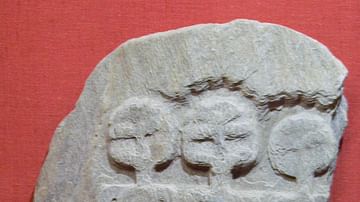
Image
Triad of Deities, Cleveland Walk Plaque
A plaque discovered on the Cleveland Walk, Bath, perhaps showing a trio of goddesses. Perhaps Celtic, although made during the Roman period. (Roman Baths Museum, Bath)
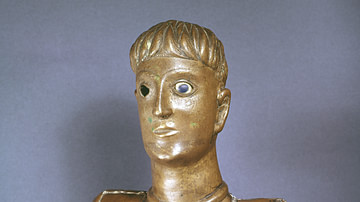
Image
Cernunnos Bouray Figure
The 'God of Bouray', often identified as the Celtic god Cernunnos. Found in Bouray, near Paris. Bronze. Height: 42 cm. 1st century BCE. (Archaeological Museum of Château de Saint-Germain-en-Laye, Yvelines, France)
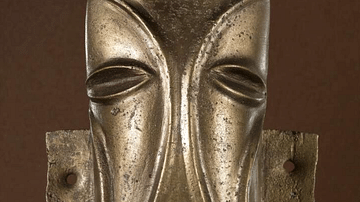
Image
Stanwick Horse Mask
The Stanwick Horse Mask is Celtic bronze horse head mask which was discovered as part of the Stanwick Hoard of North Yorkshire, England. The piece is concave and has side brackets to attach it to another object, perhaps an item made of wood...
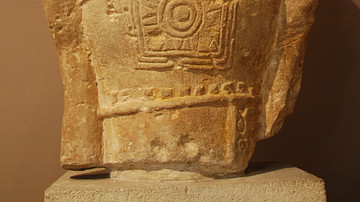
Image
Warrior of Grezan
The Warrior of Grezan (also known as Le Guerrier de Grezan) is a pre-Roman representation of a Gallic warrior. The three-quarter length statue is one of the better examples of pre-Roman art depicting Gallic or Celtic people. The figure wears...
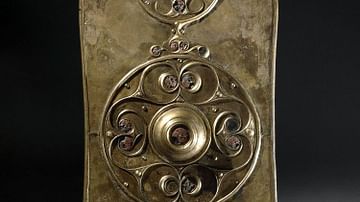
Image
Battersea Shield
The "Battersea Shield" is a bronze Celtic shield facing from the 4th - 1st Century BCE. The shield facing is decorated with red enamel in the La Tene style, and was probably made in Britain. From the British Museum in London.
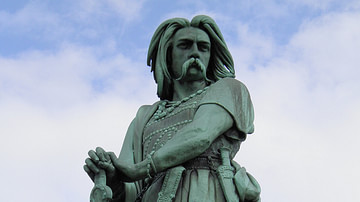
Definition
Vercingetorix
Vercingetorix (82-46 BCE) was a Gallic chieftain who rallied the tribes of Gaul (modern-day France) to repel the Roman invasion of Julius Caesar in 52 BCE. His name means "Victor of a Hundred Battles" and was not his birth name...
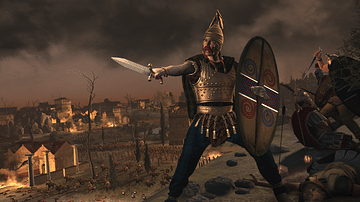
Definition
Brennus
Brennus (c. 390 BCE) was the Gallic war chief of the Senones who sacked and occupied Rome in 390 BCE. Nothing is known of him outside of the accounts given of this event which immortalized him as coining the phrase, “Woe to the Vanquished”...
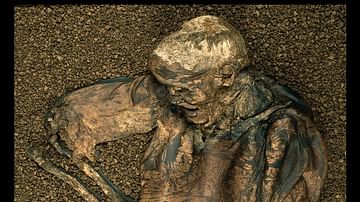
Definition
Lindow Man
The Lindow Man (officially Lindow III) is the top half of a male body, found preserved in a peat bog in Cheshire, England. The peat bogs at Lindow Moss date back to the last ice age and were formed by holes of melting ice; they are now...
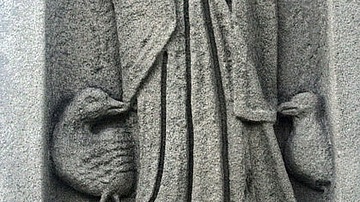
Definition
Hilda of Whitby
Hilda of Whitby (also known as Saint Hilda of Whitby, l. 614-680 CE) was the founder and abbess of the monastery at Whitby, Kingdom of Northumbria, Britain. She was a Northumbrian princess who converted to Christianity with the rest of the...
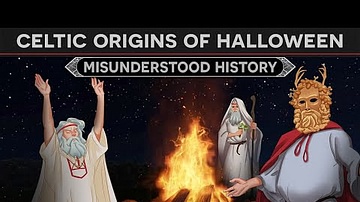
Video
The Celtic Origins of Halloween
In this documentary we explore another one of the Misunderstood Moments in History which has to do with the origin of Halloween. This dates back to the Celtic traditions from the bronze age Hallstatt and later La Tene culture. We discuss...